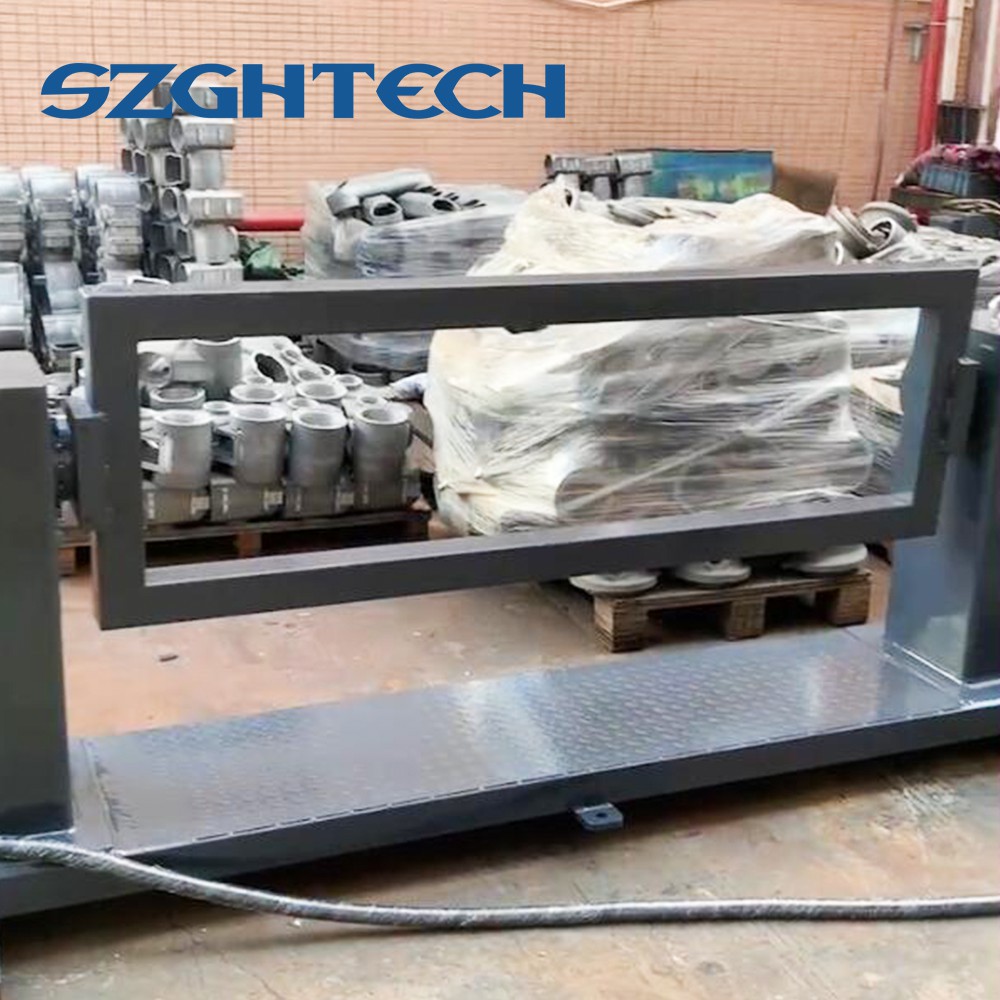Which robotic arm is more economical than manual labor depends on the specific production situation and task requirements. Here are a few aspects of the comparison between robotic arms and artificial labor:
1) Production efficiency: Robotic arms are usually faster, more accurate, and more stable than human labor, and can complete a large amount of work in a short period of time, thereby improving production efficiency.
2) Labor cost: The robotic arm does not need to take a manual rest, nor does it need to pay additional social insurance and welfare fees, but the investment cost and maintenance cost of the robotic arm are high. In contrast, labor costs are relatively low, but labor wages and social insurance benefits need to be paid.
3) Flexibility: Robotic arms are typically used for repetitive production tasks and single processes, while human labor can adapt to more complex and variable production processes and tasks, making them more flexible.
4) Safety: Robotic arms can replace manual work in dangerous and high-risk work, thereby reducing the risk and cost of accidents and ensuring the safety and health of employees.

In summary, robotic arms and manual labor have their own advantages and disadvantages, which are suitable for different production situations and task needs. Enterprises need to make reasonable choices and investments according to their own production needs and actual conditions to achieve a balance between economic efficiency and production efficiency.

